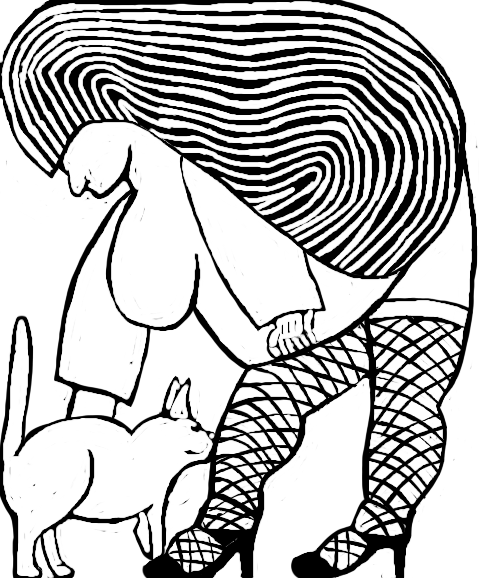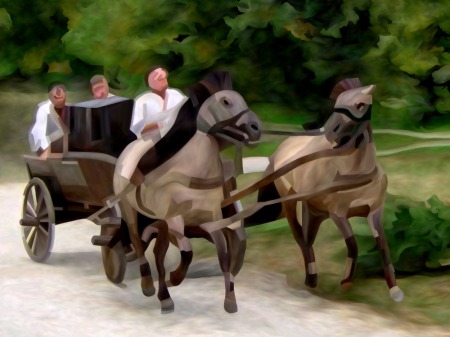
One of the least known things about change is how to deal with it before we have to deal with the negative results. No change is completely beneficial or completely non-beneficial. There is always a mix, including the lack of either a positive or negative benefit.
So often we see some new technology arriving that leads to a Rah Rah, gamechanging blah bah situation, with a rush of people joining in. I remember that about the time I moved to Poland there were dozens of computer shops being set up, all of which eventually closed to be replaced by mobile phone shops. If something becomes fashionable, there is a rush to be part of it. So does a large number of failures have to accompany change? Yes and no.
As a development engineer it was my job to create and then eliminate failures, because the finance had already been set aside to pay for the failures. Failures here are good, because they set the boundaries of what is possible and forces us to think about what we are trying to achieve.
In general business there is no finance for the failures, because failure should be avoided by appropriate learning beforehand, and then if failure is met then an expert can be called in to fix what has gone wrong. This is a largely unplanned failure process, one that can only be fixed by people who understand how to create a planned failure process.
Unfortunately, education teaches people to believe in the power of courses and experts, which leads to unplanned failure processes, because educators are mostly the products of courses. They are never there when we meet the unplanned failure.
Therefore, the next time someone suggests getting a cat to solve your problems, ask yourself whether they will be there for you when you meet failure.

Recent Comments